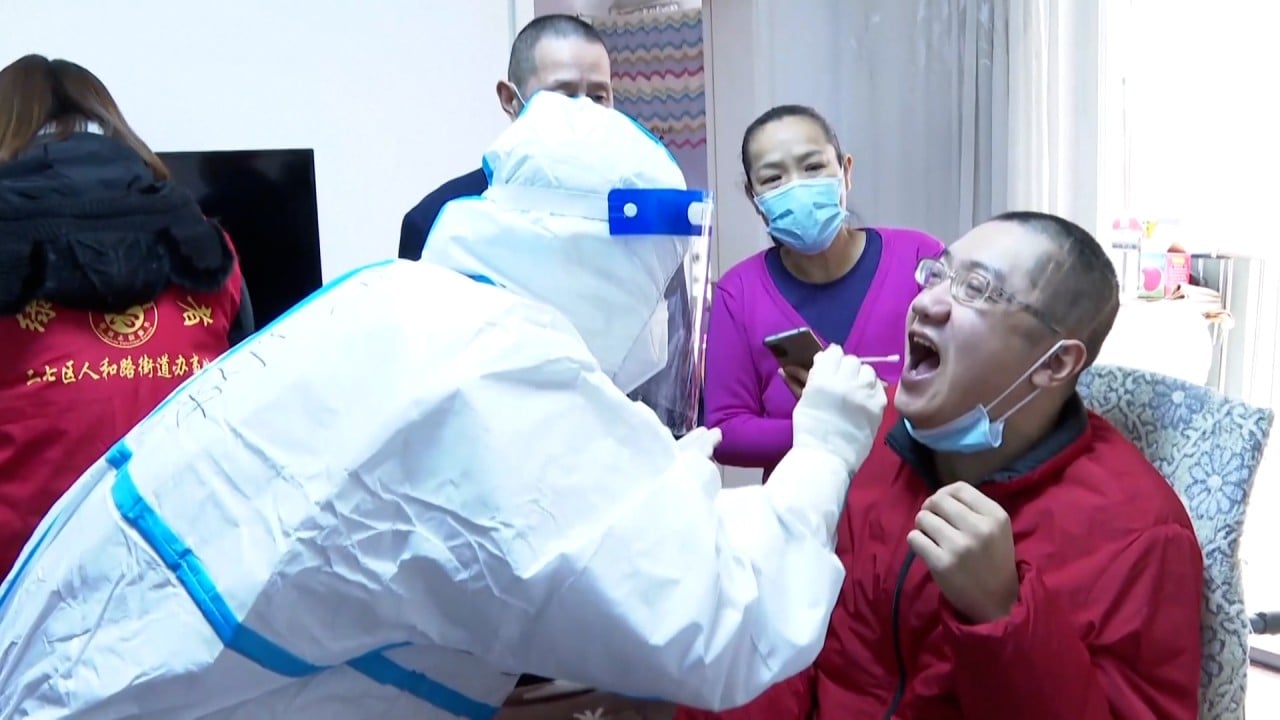
China inflation: easing consumer, factory-gate price pressure opens door for Beijing to support slowing economy
- China’s official consumer price index (CPI) rose by 1.5 per cent in December from a year earlier, down from 2.3 per cent growth in November
- China’s producer price index (PPI) rose by 10.3 per cent in December, down from a rise of 12.9 per cent in November
China’s improving consumer and factory-gate inflation outlook will leave more room for easing monetary policy in the coming months, with next week’s headline growth rate figures set to confirm the anticipated slowdown.
China’s official producer price index (PPI), which reflects the prices factories charge wholesalers for products, rose by 10.3 per cent in December from a year earlier, down from a rise of 12.9 per cent growth in November, according to the National Bureau of Statistics (NBS).
We don’t think inflation concerns will hold back the [People’s Bank of China] from further loosening measures, including policy-rate cuts
“Chinese inflation dropped back last month, consistent with our view that the acceleration in price gains in earlier months would prove temporary. We think factory-gate inflation will continue to moderate going forward and that consumer price inflation will remain muted,” said Sheana Yue, China economist at Capital Economics.
“Factory-gate inflation will probably trend down farther over the coming months. We think headline CPI will remain below 2 per cent throughout most of this year.
“As such, we don’t think inflation concerns will hold back the [People’s Bank of China] from further loosening measures, including policy-rate cuts.”
“The policies to secure supplies and stabilise prices continued to go into effect in December, and the prices of crude oil and other commodities went down, meaning producer prices saw a slight fall too,” said senior NBS statistician Dong Lijuan.
“With a high base and contracting demand, we expect PPI inflation to fall farther into single digits, at 9.4 per cent year on year in January,” the Nomura report said.
“Amid the ongoing growth slowdown, and due to the high base in 2021, we continue to expect year-on-year PPI inflation to drop steadily in 2022, into the low single digits.”
China’s food prices fell slightly last month, helped by an increased supply of fresh vegetables, and the price of pork also continued to fall.
“Coronavirus cases broke out in a number of cities in December, but local governments took control measures and secured supply while stabilising prices. Overall, the consumer market was stable,” Dong added.
China’s core consumer inflation rate, excluding volatile food and energy prices, rose by 1.2 per cent in December compared with a year earlier, unchanged from November.
Non-food prices rose by 2.1 per cent last month, year on year, down from a reading of 2.5 per cent in November.
“The main driver was a return to food-price deflation, as the supply of pork and vegetables recovered from disruptions caused by bad weather in October and November,” Yue said.
China’s PPI grew by 8.1 per cent in 2021, the NBS added.

.JPG?itok=J8tgfPmW&v=1659948715)

